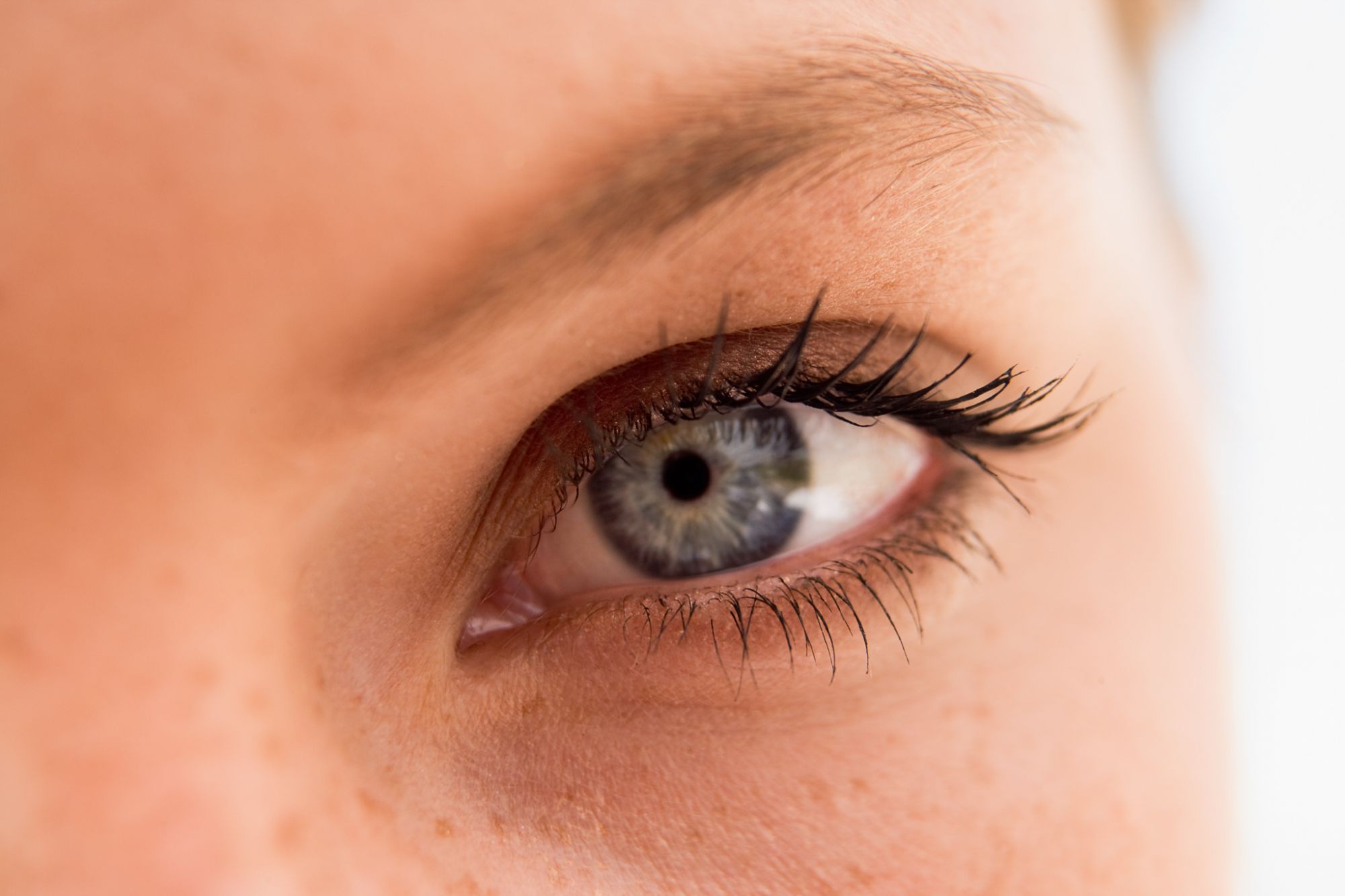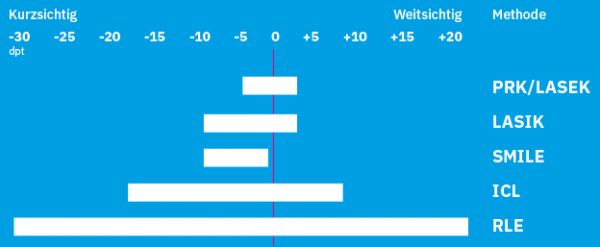You will receive dilating drops to measure the degree of your refractive error. Among many others, the size of your pupils, topography and thickness of your cornea will be assessed. Most importantly, you will be encouraged to ask questions and voice concerns. All aspects of the procedure will be carefully explained. You will be offered candid and detailed information, for any question you may have. You can rest assured that you will be given a professional and realistic opinion of the results you can expect.
When scheduling an appointment for an eye exam, please consider the following:
- Contact lenses must be removed from the operative eye prior to the day of your eye exam as follows: Hard lenses (gas permeable rigid lenses) and soft lenses at least two weeks.
- Because of the dilating drops, you will need to arrange transportation for the day of your eye exam. Private automobile or taxi is recommended.
- You should allow yourself approximately two hours at the Laser Vision Center for preparation time and eye exam.
- The fees for the eye exam will be credited towards the surgery fee. Fees are payable either in cash or by the Maestro debit card at our Center.
- The preoperative exam, the procedure and the postoperative exam can be scheduled on three consecutive days. This will enable you to return to your home or work quickly and avoids multiple journeys to our center.

